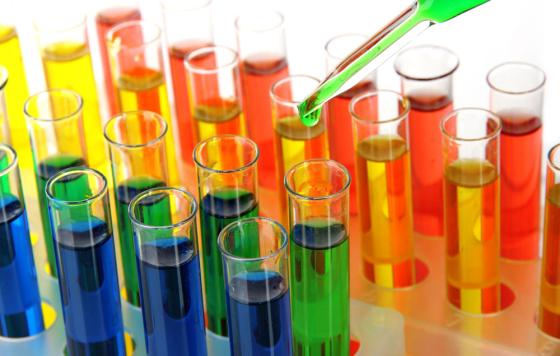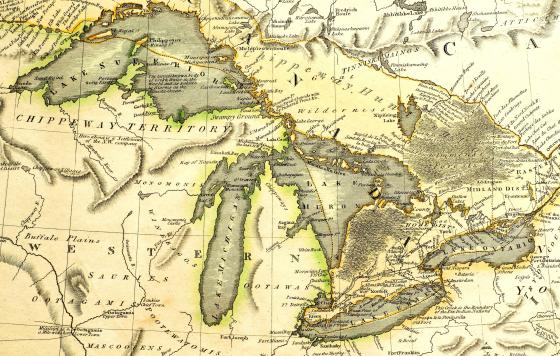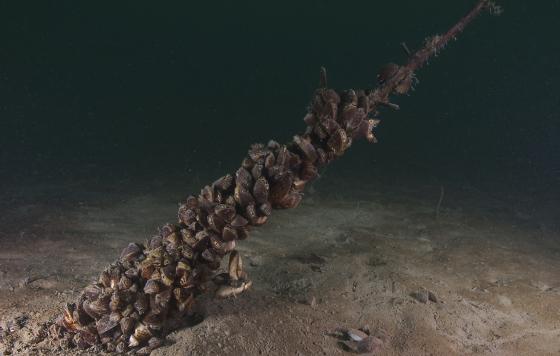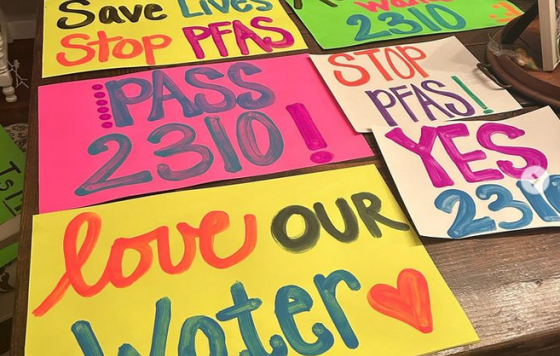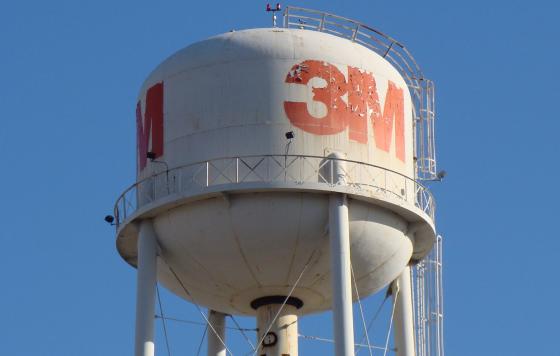Contaminants of Emerging Concern (CEC): An Early Warning Sign
People and industry use tens of thousands of chemicals. A vast array of these chemicals have been found in our environment, where we consider them contaminants of emerging concern or CECs. Most of these CECs have not been fully evaluated for the risks they might pose to the environment— or to our health.
Read More
